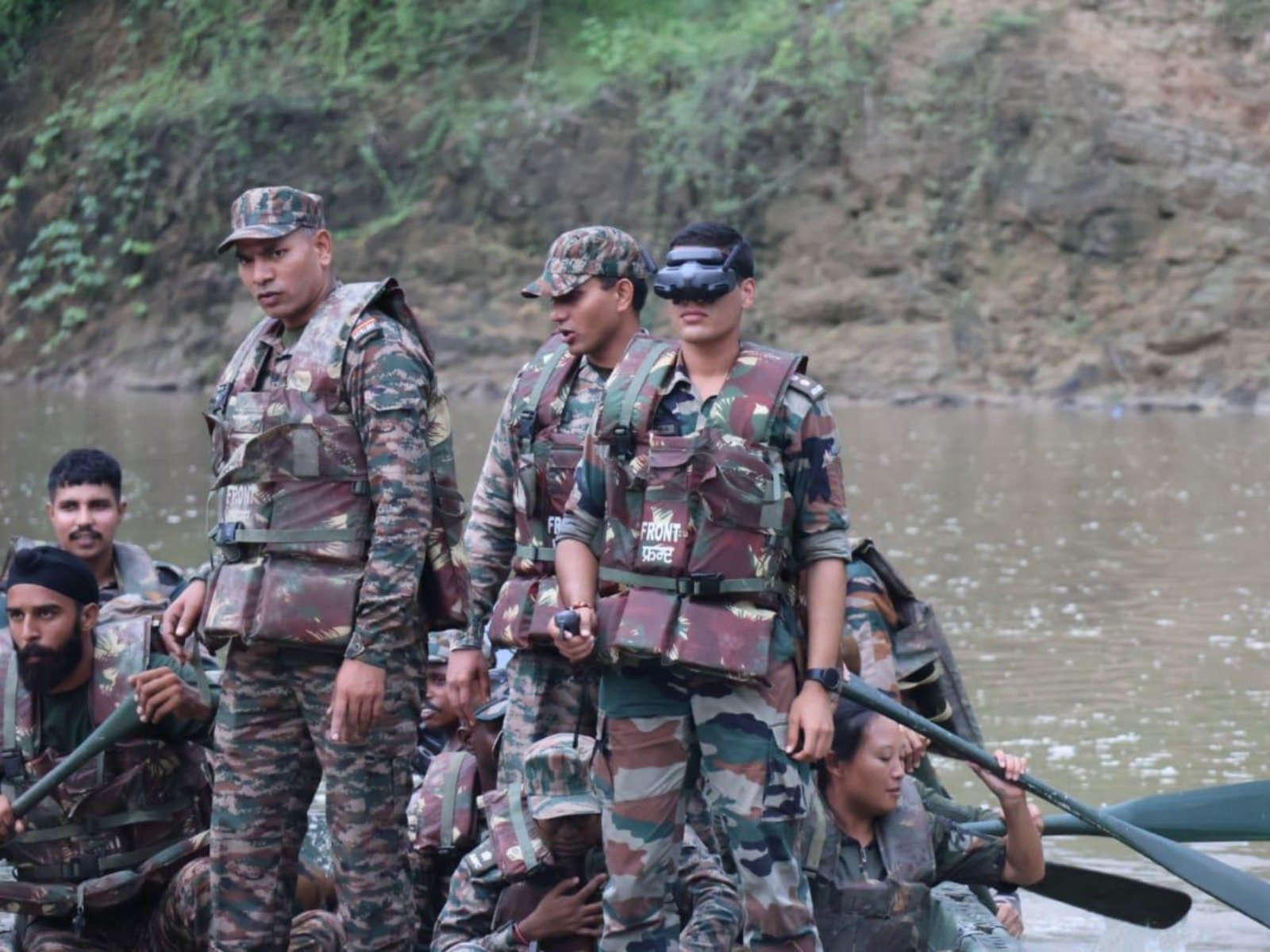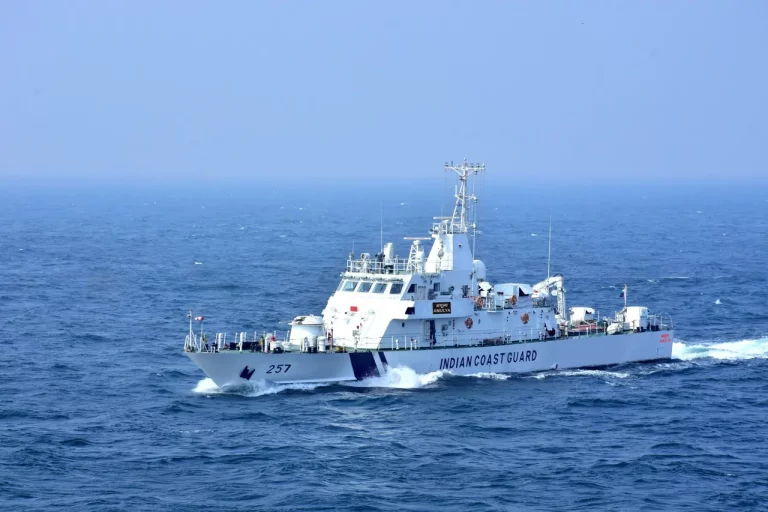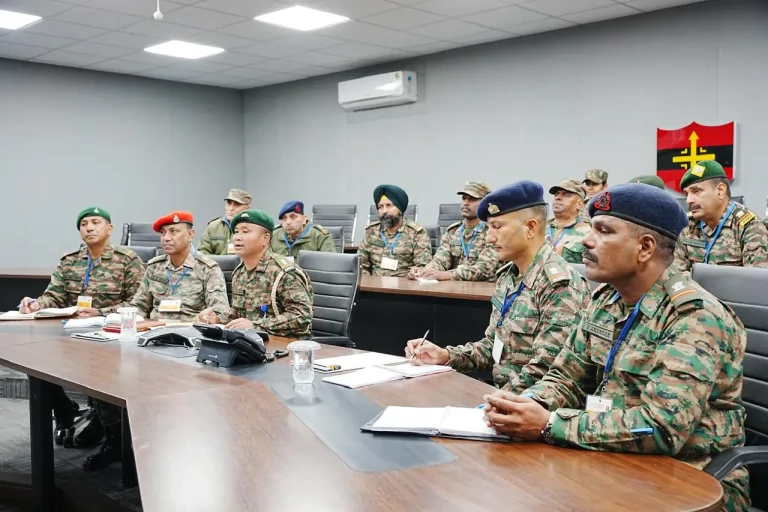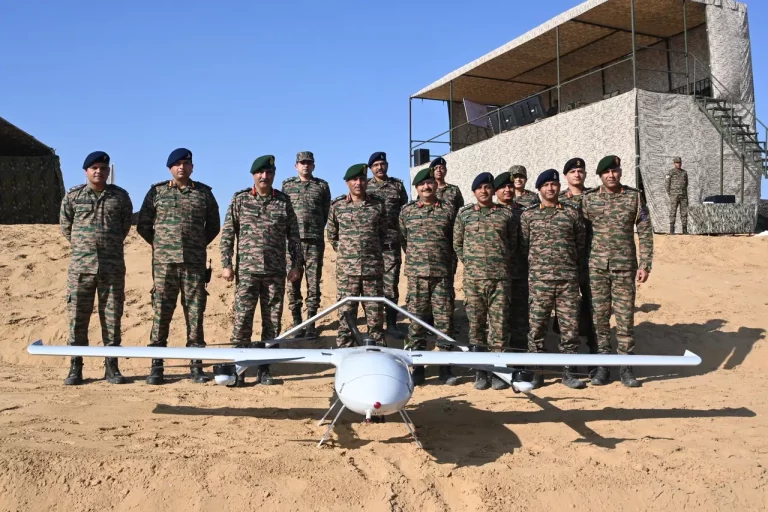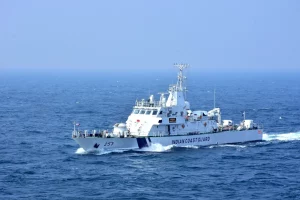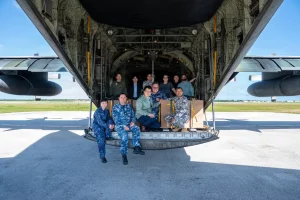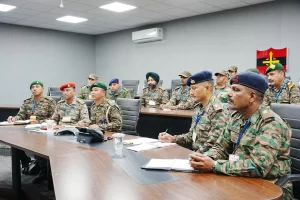The Indian Army’s Spear Corps has initiated a thorough Watermanship Training program in Masimpur, Assam, as part of its mission to enhance preparedness for Humanitarian Assistance and Disaster Relief (HADR) operations in the flood-prone northeastern region. This training, conducted along the banks of a local river, is designed to equip soldiers with essential skills necessary for effective rescue and rehabilitation efforts during disasters triggered by the monsoon season.
The commitment to readiness is underscored by the fact that Assam, particularly known for the mighty Brahmaputra River and its extensive tributaries, witnesses severe flooding on an annual basis. In 2024 alone, more than 2.1 million residents in the state were affected by such natural calamities, showcasing the pressing need for timely and coordinated relief operations. The current drills employed by the Army aim to bolster tactical responses and enhance operational readiness to handle these emergencies more efficiently.
During the training exercises, soldiers practiced navigating through muddy, turbulent waters while operating small boats and conducting simulated rescue missions. Clad in combat gear and life vests, they faced simulated conditions that mimicked real flood scenarios, highlighting teamwork, agility, and effective communication—key components crucial for managing large-scale disaster situations.
This initiative not only reflects the Army’s commitment to improving disaster response capabilities but also aligns with broader national strategies for disaster management. It follows the successful execution of Tiger Triumph 2025, a recent tri-service HADR exercise in partnership with the United States Armed Forces, which took place in April along India’s eastern coast. This exercise highlighted a growing emphasis on joint training in disaster relief efforts, including the establishment of field hospitals, coordination centers, and structured evacuation protocols.
Assam’s persistent vulnerability to floods is well-recognized, with historical precedents illustrating the severe impact of such events. In 2012, significant flooding from the Brahmaputra displaced millions across India, Bangladesh, and Myanmar. More recently, in 2022, combined teams from the Army and Assam Rifles were deployed in Cachar district to assist over 400,000 individuals affected by intense monsoon rains and resultant flooding. Contributing environmental factors, such as deforestation and siltation, have exacerbated the flooding challenges in the Brahmaputra basin.
The Watermanship Training program being undertaken by Spear Corps emphasizes the Indian Army’s proactive stance in bridging the divide between traditional military preparedness and civilian disaster response. It reflects the changing role of the armed forces in tackling climate-induced challenges while ensuring the safety of vulnerable populations in some of the country’s most disaster-prone areas.
